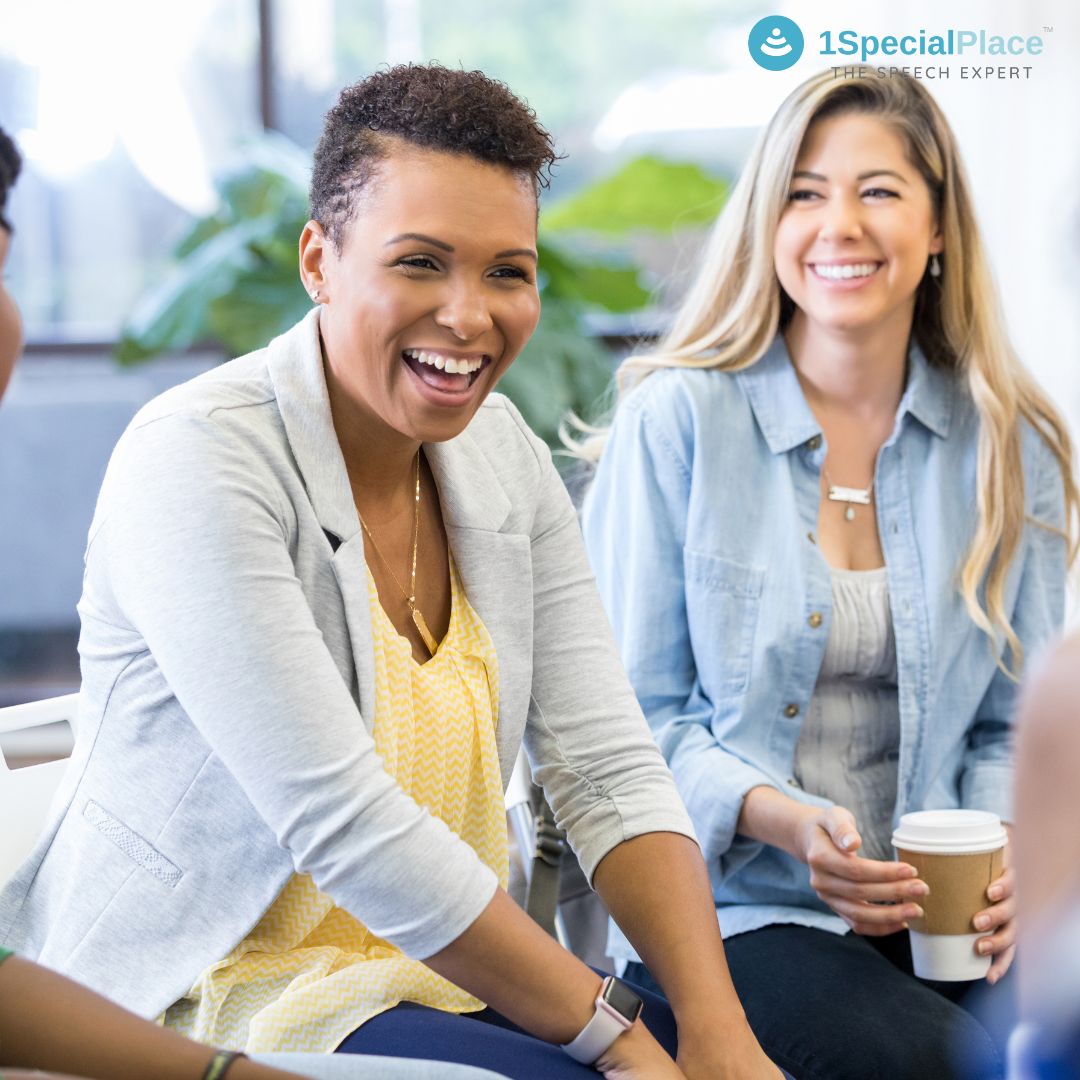
Tips for Aphasia Therapy
Tips for Aphasia Therapy
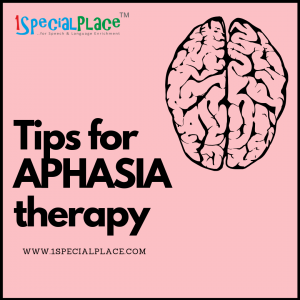 Aphasia Therapy, Aphasia is a condition that robs you of the ability to communicate. It can affect your ability to speak, write and understand language, both verbal and written. Aphasia typically occurs suddenly after a stroke or a head injury. Here are some tips to improve speech after a stroke.
Aphasia Therapy, Aphasia is a condition that robs you of the ability to communicate. It can affect your ability to speak, write and understand language, both verbal and written. Aphasia typically occurs suddenly after a stroke or a head injury. Here are some tips to improve speech after a stroke.
But it can also come on gradually from a slow-growing brain tumour or a disease that causes progressive, permanent damage (degenerative). Where and how bad the brain damage is and what caused it determine the degree of disability. Once the cause has been addressed, the main treatment for aphasia is speech and language therapy.
The person with aphasia relearns and practices language skills and learns to use other ways to communicate. Family members often participate in the process, helping the person communicate. Learn more about how Online Speech Therapy Services by 1SpecialPlace can help your loved one speak better.
As for speech and language therapy for Aphasia the following points should be followed religiously-
- Capitalize on strengths and address weaknesses related to underlying structures and functions that affect communication across partners, activities, and settings.
- Facilitate the individual’s activities and participation by (a) teaching new skills and compensatory strategies to both the individual with aphasia and his or her partner(s) and (b) incorporating AAC strategies if appropriate; and modify contextual factors that serve as barriers and enhance those that facilitate successful communication and participation, including accommodations such as large print, pictures, and aphasia-friendly formatting to support comprehension of written health materials (e.g., Rose, Worrall, & McKenna, 2003; Rose, Worrall, Hickson, & Hoffman, 2011).
- Treatment can be restorative(i.e., aimed at improving or restoring impaired function)
 and/or compensatory (i.e., aimed at compensating for deficits not amenable to retraining).
and/or compensatory (i.e., aimed at compensating for deficits not amenable to retraining). - Keep in mind the WHO’s (2001) ICF framework, approaches aimed at improving impairments focus on “body functions/structures.” Approaches aimed at compensating for impairments are directed at “activities/participation.” The outcomes of both treatment approaches may extend across domains.
- No one therapy is sufficient for aphasia. As therapist we need to combine the therapy techniques which go best with the person.
- Simplify your sentences and slow your pace.
- Keep conversations one-on-one initially. Jump to group sessions only after the Person with Aphasia is comfortable and confident.
- Allow the person time to talk– give them ample time to complete what they want to say.
- Don’t finish sentences or correct errors.
- Reduce distracting noise in the environment.
- Keep paper and pencils or pens available.
- Be more creative and design your activities age appropriately, remember they are adults and most of them have intact intellect.
- Write a key word or a short sentence to help explain something.
- Help the person with aphasia create a book of words, pictures and photos to assist with conversations.
- Use drawings or gestures when you aren’t understood.
- Involve the person with aphasia in conversations as much as possible.
- Check for comprehension or summarise what you’ve discussed.
Hope these comprehensive tips will help you not only as clinicians but also as care takers/ family members of people with aphasia.
For further clarifications you can drop your queries on comment section. Subscribe to us here.
If you wish to know more about Speech Therapy, kindly contact us at info@1specialplace.com
For more ideas check out our other blogs
- How To Talk To A Newborn Baby - April 1, 2022
- Tips for Children with Hearing Loss - July 4, 2020
- Tips For Teaching AAC to a Child - June 17, 2020

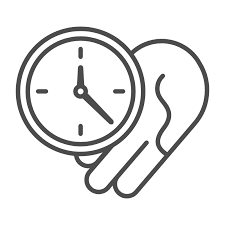

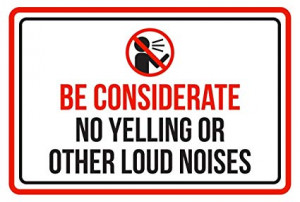
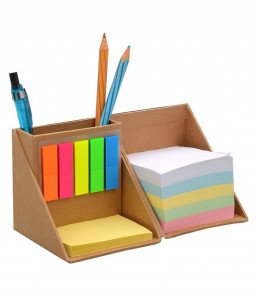
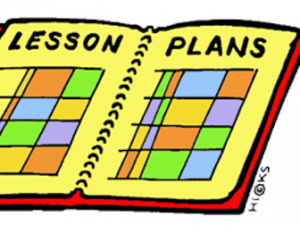

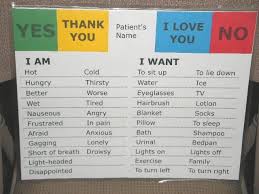
Leave a Comment
(0 Comments)